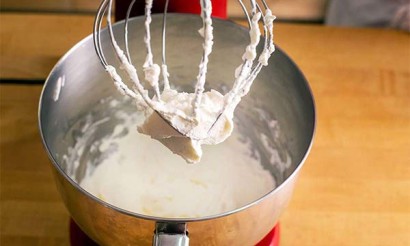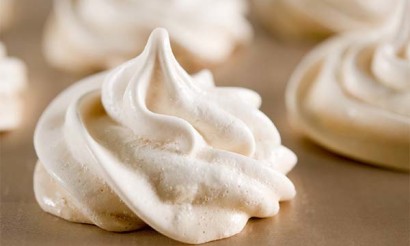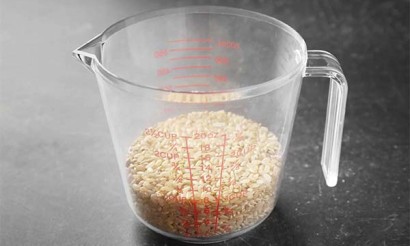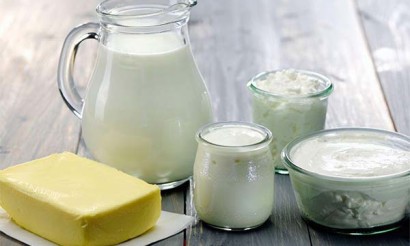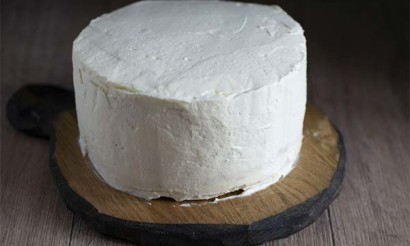How to peel garlic fast: 6 ways
A few slices of fragrant garlic are essential ingredients for many dishes. They set the flavor and permeate the food with special flavors. Garlic is used extensively in marinating, pickling, souring, roasting, baking, and stewing various dishes. However, it is one thing to peel a clove or two of garlic, another to prepare several heads. Sometimes there is simply no time to carefully peel the husks and outer layers of the skin. It is for quick cleaning and invented special ways.
The knife-blade method
A quick and favorite method among professional chefs. Whether you need one clove or dozens, the process takes seconds right on the cutting board. All it takes is a knife.

The garlic clove should be placed on a table or board, and on top, squeeze with a knife in one motion. The force must be adjusted so that the garlic is cracked, but not completely crushed. Basically, this takes some practice. But after practice, peeling the clove will take less than 5 seconds.
After squeezing, the husk peels itself off from the pulp, so removing it won't be a problem. The method is attractive because you do not need to use anything, just have a hard surface and a knife. Usually immediately after squeezing and peeling the garlic is chopped with the same knife, i.e., there is actually no additional time expenditure.
However, there are also disadvantages. The main disadvantage is the loss of appearance. If the garlic is used whole or goes to decorate a dish, this method should not be used. Another disadvantage is the release of juice, so some flavor will be lost at the peeling stage.
Shaking in a bowl.
The method is ideal when you need to peel a lot of garlic at once, for example, for use in canning. The cloves are only slightly damaged, but not split. They remain suitable for use in dish decoration, as well as after heat treatment.
It is necessary to take two bowls, it is better to have metal on both the bottom and the top. You can use an ordinary plate as a lid, but this is not very effective and leads to longer shaking time. Garlic is enough to slightly detach, that is, you do not need to put the whole head, but chunks of 2-3 cloves are allowed. After covering with a bowl, you need to peel with a vigorous shaking. It may take from half a minute to a minute of work. Much depends on the variety of garlic, its freshness and the depth of the bowl. The greater the amplitude of movement, the faster the peeling will be done.
All that remains is to pick the garlic cloves out of the husk with your hands. This is a quick and easy process. However, sometimes small strips are not completely peeled off, and it is necessary to work with a knife.
Among the pluses of the method is to work with a large volume. Literally in a minute you can peel 20-40 cloves of garlic at once. Yes, not all of them will be perfect, but even with finishing, it's the fastest. Another plus is that the garlic does not lose much of its appearance and remains intact.
However, you should not forget about the minuses. You need to shake extremely intensely for 30-50 seconds. During this time, it is realistic to get tired to the point of hurting your hands. Another disadvantage is the dependence on the raw material. Fresh garlic from the garden or garlic that still has high humidity will not be able to be cleaned in this way.
Filling with ice water
Another classic method, based on different changes in size under the influence of cold or heat.
It is necessary to prepare as cold water as possible, optimally freeze ice cubes and cool the water in the refrigerator. Separate a head of garlic into individual cloves, put them in a saucepan or bowl, and then pour cold water with ice cubes. You can cover with a lid and wait 10 minutes.
All the husks will peel off, but some of the thin films will have to be peeled off with a knife, but this is much less work.
If the garlic is to be cooked whole, such as in a soup, baked or stuffed meat, you can pour boiling water over it instead of cold water. The result will be better, since almost all, even the thinnest films, will come off. However, the cloves will be steamed and will give some of their flavor to the emptiness.
Among the advantages of the method is the possibility to clean a large volume at once, even young garlic, only from the bed. The cloves themselves are not damaged in any way and are perfectly suitable for decoration when serving a dish.
The disadvantages include time. The garlic must be refrigerated or steamed for 5-10 minutes. Yes, it doesn't require any attention, but it's a stretch to call it fast. Another disadvantage is the mediocre quality of removing the inner film, especially when using cold water. This leaves 20-30% of the internal coating of the clove, which must be removed with a knife.
Using a microwave oven.
This is a popular modern method that stands out for its simplicity and quickness. There is no need to even separate the head into cloves. The fundamental principle of action is similar to hot water - the pulp under heat expands faster than the husks and cleans itself.
It is necessary to take a saucer or a plate and put the garlic heads there. Then place it and set the correct time. For one clove is enough for 15-20 seconds. For a head it is acceptable to put 30-35 seconds, and then watch - husks fall behind or not, adding 5-10 seconds if necessary. If you put too much, the garlic will begin to release flavors not into the dish, but into the void.
The method is excellent for fresh and winter garlic. It comes out pretty clean, leaving about 10% of the husks, mostly thin inner layers. This can be quickly corrected with a knife.
Among the disadvantages is the need for precise timing. The garlic will start to cook right in the microwave, precious flavors will go nowhere. It may also be undesirable for the dish if it involves using hard and unheated garlic.
Using a piller or special centrifuge
The industry also has devices for quickly peeling garlic. Today you can find special peelers in bazaars and stores. They are usually made of silicone or soft plastic and are a small tube.
It is necessary to put a few cloves of garlic inside the piller, and then roll it on the table or between the hands for a while. In terms of time it will take at least 30 seconds. But this depends on the type of raw material, fresh and more moist garlic should be rolled for longer. When finished, clean cloves and remaining husks will fall out on the table.
However, not everything is as perfect as the commercials or TV stores show. Much depends on the quality of the device, the presence of internal relief, as well as the intensity of rolling on the table. Another disadvantage in performance: only 2-3 cloves of garlic can be peeled at a time, no more.
Among the pluses is a pretty good efficiency, especially when cleaning winter, drier garlic. Also, the garlic smell will not adhere to the hands, as direct contact is minimal.
Cons: the process is quite long and effort will be required, a good result is achieved only by intense rolling. The performance also leaves much to be desired, only a few cloves are cleaned at a time.
Cooking peeling fresh garlic
Young garlic, just from the garden, has a special flavor of freshness. However, it is not easy to peel it, as the skin is quite moist and does not come off the pulp well. Only methods with heat treatment in the microwave and oven or pouring boiling water work well. Therefore, you will have to work with a knife.

Initially it is necessary to extract the slices. The easiest way is to roll the head a little and then lightly press it with the palm of your hand so that the cloves come out, but are not crushed. This will also get rid of much of the husk, leaving only a tightly fitting inner rind.
On a board or table, place the slice horizontally and cut off the thick end, where the roots grew from. Then pick up the husks on one side with a point and carefully remove in the direction of the thin tip of the clove. Do this to each side. At first it will take quite a long time, but after a dozen slices everything will be brought to automatism. Then it will be possible to clean one clove in seconds.
The advantages of this method include the integrity of the clove, the preservation of all flavors and aromas for the dish. Also, any garlic can be peeled in this way, both winter garlic and garlic just from the garden.
The disadvantage is one - it is necessary to master the skill, after which the speed and quality of cleaning will be excellent.
Conclusions
You do not need to be an experienced chef to peel garlic quickly. It is enough just to familiarize yourself with the above methods and choose the most optimal ones. There are really no universal ones, it all depends on the type of garlic, the required volume and subsequent plans.
Cold water and shaking will work well for winter garlic that needs to be kept whole for the dish. If heat treatment is planned, it is better to choose microwave or boiling water pouring. In terms of quality of cleaning here will be the best result. Special silicone devices will work well when there is no desire to get dirty and you need to quickly clean only a couple or three teeth. A knife is always ideal, but requires basic skills and experience. For sauces or subsequent chopping, you can use the elementary crush method.
Garlic is an indispensable addition in many dishes. Therefore, you should not refrain from using it just because it is difficult to clean.
«Important: All information on this site is provided for informational purposes only. for your own reference only. Consult a health care professional before applying any recommendations. specialist before you use any of the recommendations. Neither the editors nor the authors shall be liable for any possible harm caused by materials."


